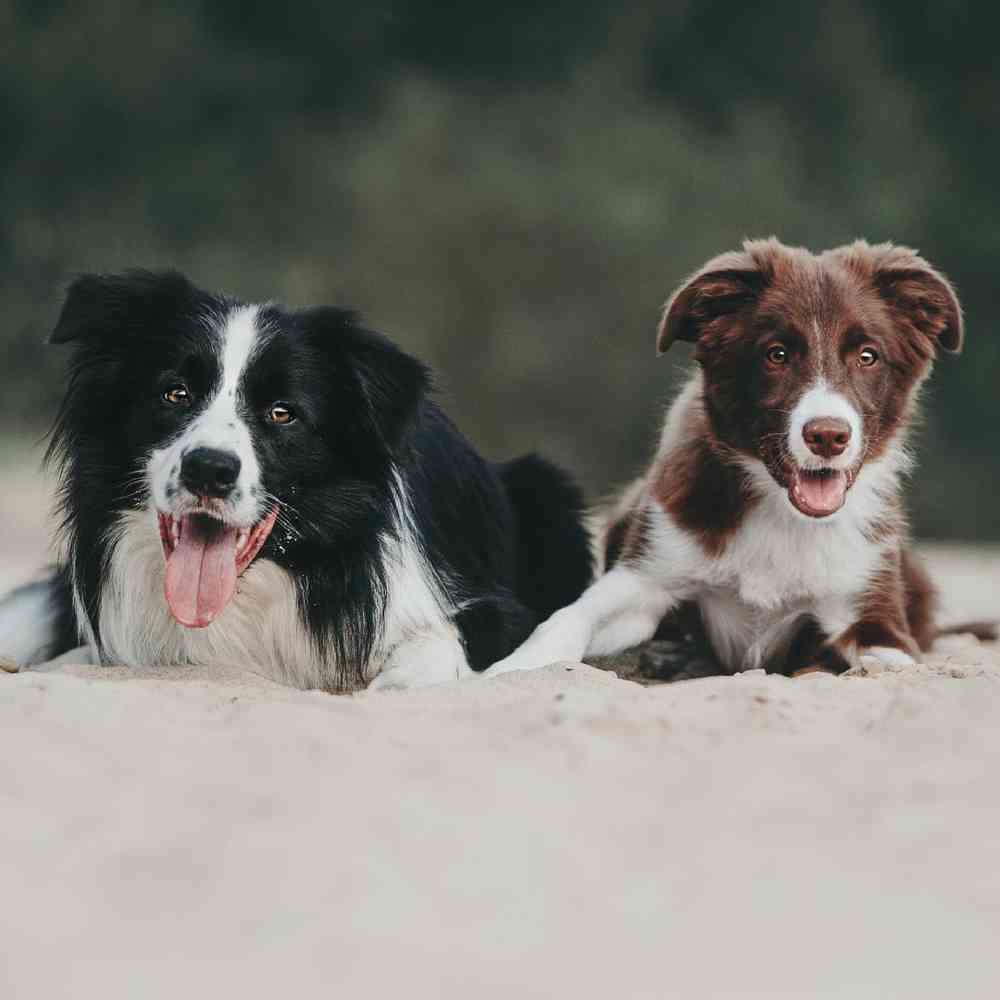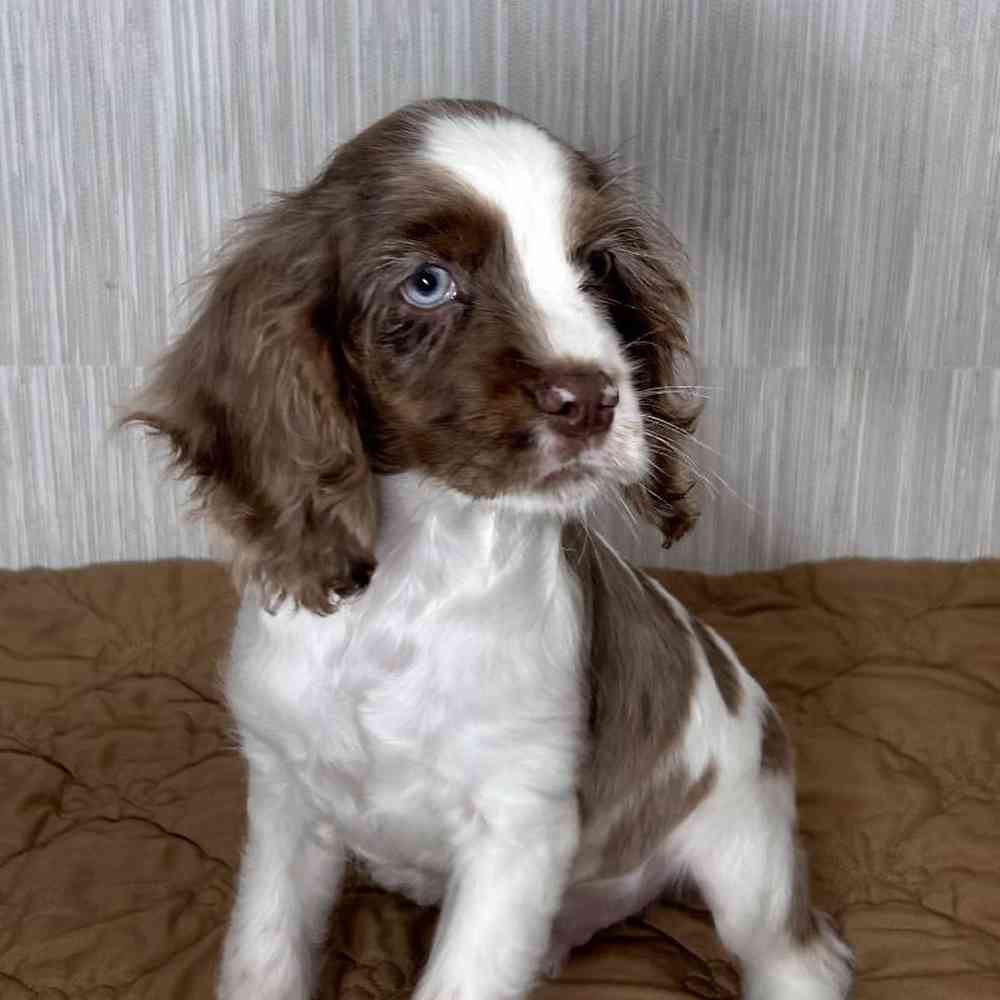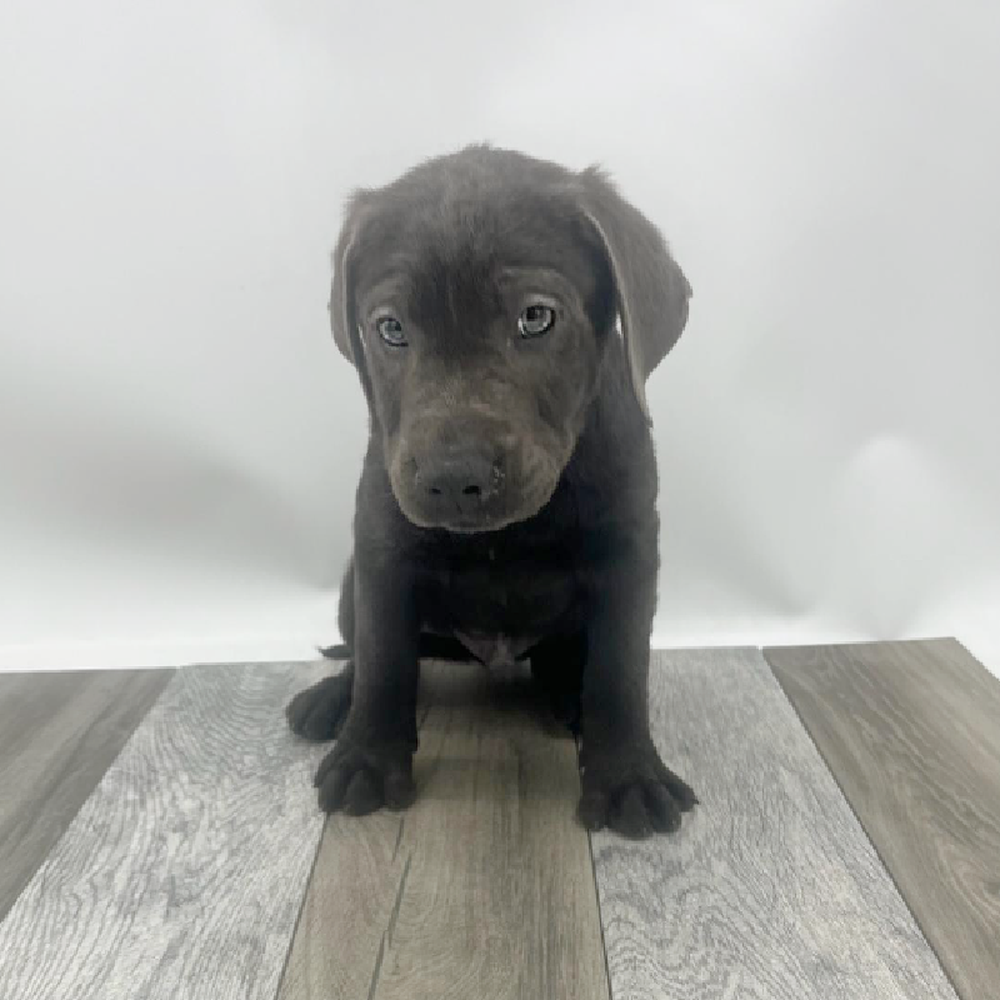
AKC Registrable
Border Collie
A remarkably bright workaholic, the Border Collie is an amazing dog—maybe a bit too amazing for owners without the time, energy, or means to keep it occupied. These energetic dogs will settle down for cuddle time when the workday is done.
Puppies Knowledge
Breed Standard
General Appearance
The Border Collie is a well balanced, medium-sized dog of athletic appearance, displaying gracefulness, power and agility in equal measure. Its hard, muscular body conveys the impression of effortless movement and endless endurance. The Border Collie is extremely intelligent, with its keen, alert expression being a very important characteristic of the breed. Those aspects of structure, movement or termperament that enhance the dog's ability to function as a herding dog are virtues that should be strongly rewarded. The Border Collie is, and should remain, a natural and unspoiled true working sheep dog whose conformation is described herein. Honorable scars and broken teeth incurred in the line of duty are acceptable.
Size, Proportion, Substance
The height at the withers varies from 19 to 22 inches for males, 18 to 21 inches for females. When viewed from the side, the body from the point of shoulder to point of buttocks is slightly longer than the height at the withers. The length to height ratio is approximately 10:9. Correct bone must be moderate, strong and oval. Overall balance between height, length, weight and bone is crucial and is more important than any absolute measurement. Dogs must be presented in hard working condition. Excess body weight is not to be mistaken for muscle or substance.
Head
Expression is intelligent, alert, eager, and full of interest. Eyes are set well apart, of moderate size, oval in shape. Any eye color is acceptable, but blue eyes in dogs other than merle are not preferred. Eye rims should be fully pigmented. Ears are of medium size, set well apart, one or both carried erect and/or semi-erect (varying from one-quarter to three-quarters of the ear erect). When semi-erect, the tips may fall forward or outward to the side. Ears are sensitive and mobile. Skull is relatively flat and moderate in width. The skull and muzzle are approximately equal in length. In profile the top of the skull is parallel with the top of the muzzle. Stop moderate, but distinct. The muzzle is strong, tapering slightly to the nose. The sides of the head should taper smoothly into the muzzle. The underjaw is strong and well developed. Nose should be fully pigmented. Nostrils are well developed. A full complement of strong healthy teeth should meet in a sissors bite.
Neck, Topline, Body
Neck is of proportional length to the body, strong and muscular, slightly arched and blending smoothly into the shoulders. Topline – Back is level with a slight muscular rise over the loin, falling to a gently sloping croup. Body is athletic in appearance with a deep, moderately broad chest reaching no further than the point of the elbow. The rib cage is moderately long with well sprung ribs. Loin is moderately deep and short. Underline should have a slight but distinct tuck up. The tail is set on low and is moderately long with the bone reaching at least to the hock. The ideal tail carriage is low when the dog is concentrating on a given task and may have a slight upward swirl at the end like a shepherd’s crook. In excitement it may be raised, but the base of the tail should not curve forward over the back.
Forequarters
Forelegs should be parallel when viewed from front, pasterns slightly sloping when viewed from side. Because sufficient length of leg is crucial for the type of work the breed is required to do, the distance from the wither to the elbow is slightly less than from the elbow to the ground. The shoulder blades are long and well laid back. Shoulder blades and upper arms are equal in length and meet in a right angle as nearly as possible. The prosternum is easily felt but not pronounced. There is sufficient width between the tops of the shoulder blades to allow for the characteristic crouch when approaching and moving stock. The elbows are neither in nor out. Feet are compact, oval in shape; pads deep and strong, toes moderately arched and close together with strong nails of moderate length. Dewclaws may be removed.
Hindquarters
Broad and muscular, in profile sloping gracefully to the low set tail. The thighs are long, broad, deep and muscular. Stifles are well turned with strong well let down hocks. Proper length of hock is approximately one-quarter to one-third the height of the dog. When standing with the hocks perpendicular to the ground the toes of the rear feet should be in line with the point of buttock. Rear feet should be parallel, but may toe out slightly when freestanding. Feet are compact, oval in shape; pads deep and strong, toes moderately arched and close together with strong nails of moderate length. Dewclaws should be removed
Coat
Two varieties are permissible, both having close-fitting, dense, weather resistant double coats with the top coat either straight or slightly wavy and coarser in texture than the undercoat which is soft, short and dense. The rough variety coat may vary in length without being excessive. Proper texture is more important than length. Forelegs, haunches, chest and underside are feathered and the coat on face, ears, feet, fronts of legs is short and smooth. The smooth variety is short over entire body, is usually coarser in forelegs, haunches, chest and ruff. Neither coat type is preferred over the other. Seasonal shedding is normal and must not be penalized. Excess hair on the feet, hock and pastern areas may be neatened for the show ring. Whiskers are untrimmed. Dogs should be presented naturally, without excessive trimming or sculpting.
Color
The Border Collie appears in all colors or combination of colors and/or markings. All colors are to be judged equally with no one color or pattern preferred over another. White markings may be clear white or ticked to any degree. Random white patches on the body are permissible but should not predominate. The predominant ear color should match the primary body color. Color and markings are always secondary to physical evaluation and gait.
Gait
The Border Collie is an agile dog, able to suddenly change speed and direction while maintaining balance and grace. Endurance is its trademark. The head is carried level with or slightly below the withers. When shown, Border Collies should move on a loose lead and at moderate speed, never raced around the ring with the head held high. When viewed from the side the trot covers the ground effortlessly with minimum lift of feet. The topline is firm with no roll or bounce. Front reach and rear drive are symmetrical, with the front foot meeting the ground directly under the nose and the rear foot pushing back without kicking up. When the rear foot is coming forward, it should reach to the spot just vacated by the front foot. Viewed from the front, action is forward and true without wasted motion. Viewed from the rear, hindquarters drive with thrust and flexibility with hocks turning neither in nor out, moving close together but never touching. The legs, both front and rear, tend to converge toward the center line as speed increases. Exaggerated movement is not efficient, and therefore is not useful to the Border Collie.
Temperament
Affectionate, Smart, Energetic
Faults
Any deviation from the foregoing should be considered a fault, the seriousness of the fault depending upon the extent of the deviation, and the degree to which working ability would be impacted.
Overview
Group
Herding
About
Borders are athletic, medium-sized herders standing 18 to 22 inches at the shoulder. The overall look is that of a muscular but nimble worker unspoiled by passing fads. Both the rough coat and the smooth coat come in a variety of colors and patterns. The almond eyes are the focus of an intelligent expression—an intense gaze, the Border’s famous “herding eye”, is a breed hallmark. On the move, Borders are among the canine kingdom’s most agile, balanced, and durable citizens. The intelligence, athleticism, and trainability of Borders have a perfect outlet in agility training. Having a job to perform, like agility—or herding or obedience work—is key to Border happiness. Amiable among friends, they may be reserved with strangers.
History
During the glory days of the Roman Empire, successive emperors drew up plans to invade and conquer Britain. But, for various reasons—uprisings in other parts of the empire, or shifting political situations—the plans were shelved. Finally, in the year 43, the emperor Claudius fulfilled this long-held dream of conquest. The Roman occupation of Britain had a great influence on virtually every aspect of British life. This included dog breeding. The occupying legions brought along their own food source, livestock. And where livestock goes, herding dogs are sure to follow. The large, heavy-boned herding dogs imported by the Romans remained a fixture on the British landscape for more than three centuries. During the long, slow dissolution of the Roman Empire, fierce Viking raiders took their turn invading Britain. They, too, brought along their dogs. These were smaller, quicker, spitz-type herders, progenitors of such contemporary breeds as the Icelandic Sheepdog. Crosses between the old Roman dogs and the Viking spitzes produced compact and agile herders, well equipped to work stock in the hilly, rocky highlands of Scotland and Wales. Thus began the history of the Border Collie. Borders have been called the world’s greatest herders, and anyone who’s seen them work—with their sweeping outruns, their stealthy crouching and creeping, and their explosive bursts of focused energy—would have to agree. When shepherds dream of the perfect dog, you can bet it’s a Border. As immortalized in the movie “Babe,” Borders have dominated competitive sheepdog trials in the British Isles for more than a hundred years. Borders also rule the championship levels of the fast-paced sport of agility, and they routinely top lists of world’s smartest dog breeds. The Border Collie joined the AKC Herding Group in 1995.
Standard
The Border Collie is a well balanced, medium-sized dog of athletic appearance, displaying style and agility in equal measure with soundness and strength. Its hard, muscular body conveys the impression of effortless movement and endless endurance. The Border Collie is extremely intelligent, with its keen, alert expression being a very important characteristic of the breed. Any aspect of structure or temperament that would impede the dog’s ability to function as a herding dog should be severely faulted. The Border Collie is, and should remain, a natural and unspoiled true working sheepdog whose conformation is described herein. Honorable scars and broken teeth incurred in the line of duty are acceptable.
Nutrition
The Border Collie should do well on a high-quality dog food, whether commercially manufactured or home-prepared with your veterinarian’s supervision and approval. Any diet should be appropriate to the dog’s age (puppy, adult, or senior). Some dogs are prone to getting overweight, so watch your dog’s calorie consumption and weight level. Treats can be an important aid in training, but giving too many can cause obesity. Learn about which human foods are safe for dogs, and which are not. Check with your vet if you have any concerns about your dog’s weight or diet. Clean, fresh water should be available at all times.
Grooming
There are two types of coat in the breed. The rough coat is medium-length and feathered, while the smooth coat is shorter and coarser. Both are dense, weather-resistant double coats. Grooming is the same for both: going over the dog with a pin brush once or twice a week, more often if needed, to keep the coat free of mats, tangles, dirt, and debris. During shedding season, daily brushing is required. As with all breeds, the BC’s nails should be trimmed regularly.
Exercise
This high-drive, athletic breed is extremely energetic and requires daily exercise beyond just a walk around the block or a quick romp in the yard. They thrive when they have a job to do and space to run. A Border Collie who doesn’t work must be provided with vigorous exercise every day. Clearly, this is a breed for an active owner, and not for someone who prefers to stay indoors or who travels away from home frequently. BCs often participate (and excel) in herding events, not to mention obedience, agility, rally, and tracking competitions, and sports such as flying disc and flyball.
Training
Early socialization is especially vital with the Border Collie, entailing positive exposure to a wide variety of people and situations from early puppyhood through about seven months. Obedience training that starts early and continues throughout the BC’s life will keep him happy and provide needed mental stimulation. Border Collies are highly intelligent and highly trainable and are superstars at canine activities such as herding, obedience, and agility. Due to their tendency to herd animals and people, they do best with older, well-behaved children. They love their families but may be somewhat reserved with strangers.
Health
The Border Collie is generally a very hardy and healthy breed, and a responsible breeder will screen breeding stock for health conditions such as hip dysplasia, progressive renal atrophy, deafness, epilepsy, collie eye anomaly, neuronal ceroid lipofuscinosis, and trapped neutrophil syndrome. A BC’s ears should be checked regularly for signs of infection, and the teeth should be brushed regularly.









